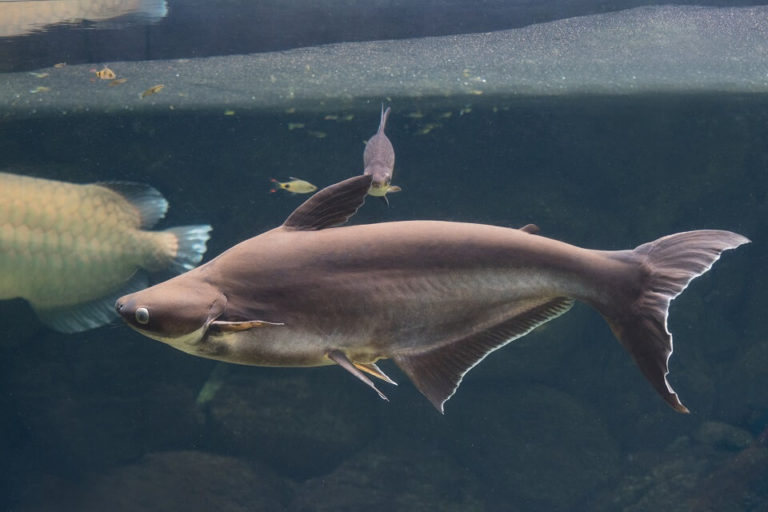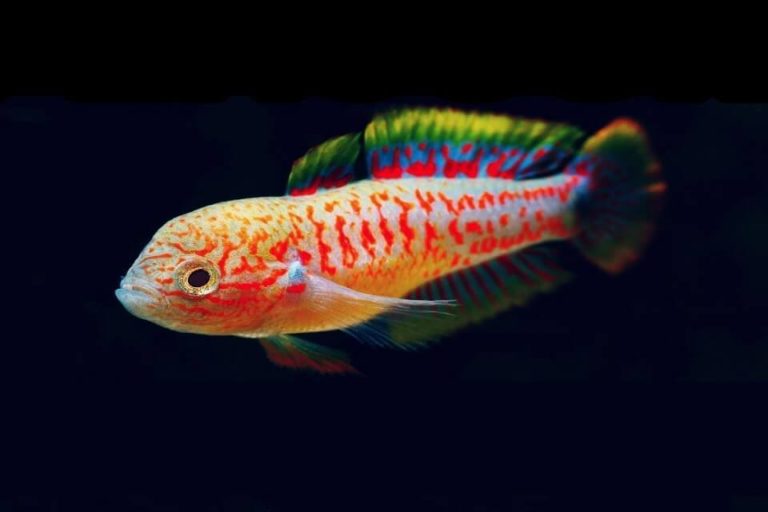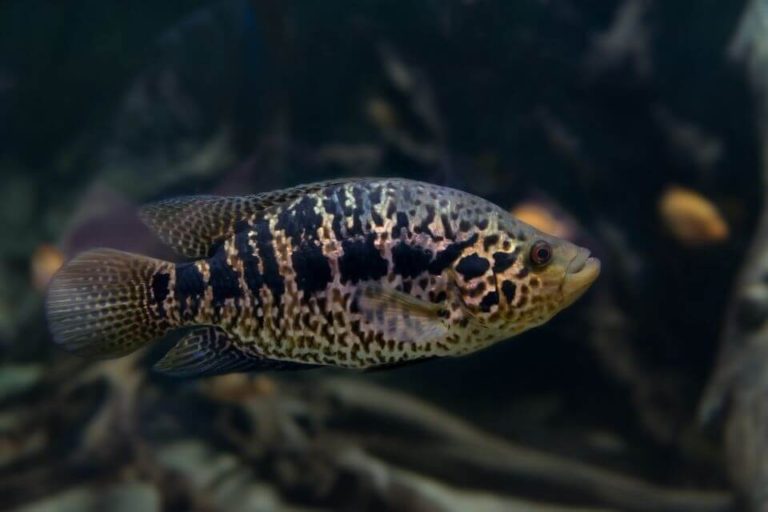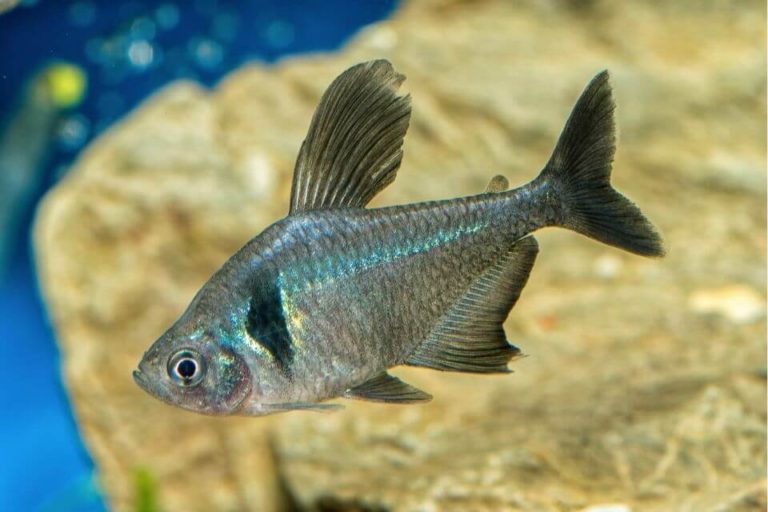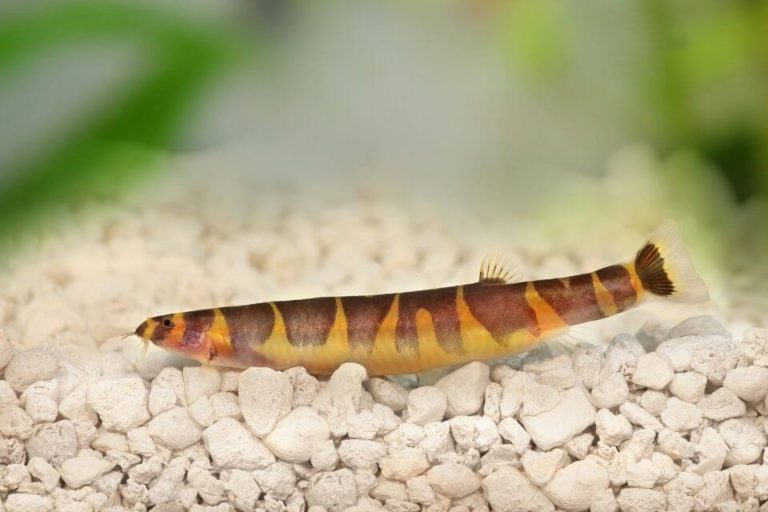The Advantages of Using Indian Almond Leaves in Your Fish Tank

Indian almond leaves have become increasingly popular among aquarium enthusiasts for their numerous benefits.
From promoting fish health to creating a natural environment, these leaves offer a range of advantages for your aquarium.
In this blog article, we will explore the benefits of using Indian almond leaves in your aquarium and how they can enhance the overall well-being of your aquatic pets.
Whether you’re a seasoned aquarium hobbyist or just starting out, understanding the advantages of Indian almond leaves can significantly improve the quality of life for your fish.
What Are Indian Almond Leaves?
Indian Almond Leaves are leaves from the Terminalia catappa tree, commonly found in Southeast Asia. These leaves are widely used in the aquarium hobby to create a natural environment for fish, shrimp, and other aquatic animals.
They are known for their ability to release beneficial compounds into the water, such as tannins, which can help promote fish health and improve water quality.
Additionally, Indian Almond Leaves are believed to have antibacterial and antifungal properties, making them a popular choice for aquarium enthusiasts looking to provide a more natural and stress-free habitat for their aquatic pets.
» Natural Habitat of Indian Almond Trees
The Terminalia catappa tree is native to regions such as India, Malaysia, and Indonesia. It thrives in tropical climates, often found near riverbanks and in marshy areas.
The leaves of the tree contain various compounds that are beneficial for aquatic environments, making them an ideal addition to aquariums.
» Properties of Indian Almond Leaves
Indian Almond Leaves are known for their natural tannins, which are released into the water when the leaves are submerged in the aquarium.
These tannins help in creating a more natural environment for fish, as they mimic the conditions of their native habitats.
Additionally, the leaves possess antimicrobial and anti-inflammatory properties, which can help promote the overall health of fish and other aquatic creatures in the tank.
Incorporating Indian Almond Leaves into your aquarium can provide a host of benefits for your aquatic ecosystem, making it a valuable addition to consider for aquarium enthusiasts.
Benefits of Using Indian Almond Leaves in Your Aquarium
» Water Conditioning and Purification
Indian almond leaves are renowned for their natural water conditioning and purification properties.
When added to an aquarium, these leaves release beneficial compounds that aid in detoxifying the water, removing harmful chemicals, and promoting a healthier aquatic environment for fish and other inhabitants.
» Stress Reduction for Fish
One of the key benefits of incorporating Indian almond leaves into an aquarium is their ability to reduce stress in fish.
The tannins released by the leaves create a soothing and calming effect, mimicking the fishes’ natural habitat and helping to alleviate stress caused by environmental changes or aggression among tank mates.
» Anti-bacterial and Anti-Fungal Properties
Indian almond leaves possess natural anti-bacterial and anti-fungal properties, making them an excellent addition to any aquarium.
These properties can help prevent common ailments and infections among fish, ensuring a higher level of overall health and well-being within the aquatic habitat.
» pH Regulation
Maintaining the ideal pH level in an aquarium is crucial for the health of its inhabitants. Indian almond leaves can aid in regulating pH levels, especially in soft water aquariums, creating a more stable and conducive environment for a wide variety of fish species.
By harnessing the water conditioning, stress-reducing, antibacterial, anti-fungal, and pH-regulating properties of Indian almond leaves, aquarium enthusiasts can create a thriving aquatic ecosystem that promotes the health and vitality of their fish.
How to Use Indian Almond Leaves in Your Aquarium
» Adding Indian Almond Leaves to Your Aquarium
When adding Indian Almond Leaves to your aquarium, it’s important to prepare them properly. Begin by rinsing the leaves under tap water to remove any dust or impurities.
You can then place the leaves directly into the tank, or if you prefer, steep them in a separate container with hot water.
Allowing the water to cool to room temperature will ensure that the beneficial properties of the leaves are fully extracted before adding the solution to the aquarium. It’s best to add new leaves every few weeks to maintain the desired concentration in the water.
» Replacement and Maintenance
Regular replacement and maintenance of Indian Almond Leaves in your aquarium are essential for reaping their full benefits. As the leaves naturally break down over time, it’s advisable to remove any disintegrating pieces and replace them with fresh leaves.
This will help maintain the water quality and ensure that your aquatic pets continue to benefit from the natural properties of the leaves.
Additionally, monitor the color and texture of the leaves to determine when replacement is necessary, typically every few weeks depending on the size of your aquarium and the number of leaves present.

Choosing the Right Indian Almond Leaves
When it comes to selecting Indian Almond Leaves for your aquarium, it’s important to consider the quality and purity of the leaves as well as the size and quantity that will best suit your aquarium setup.
» Quality and Purity
Opt for Indian Almond Leaves that are free from pesticides and other harmful chemicals. Look for leaves that are sustainably sourced and have undergone proper cleaning and processing to ensure they are safe for your aquatic pets.
High-quality leaves will be free from blemishes and discoloration, indicating their purity.
» Size and Quantity
Consider the size of your aquarium and the specific needs of your aquatic inhabitants when selecting Indian Almond Leaves. Larger tanks may require more leaves to achieve the desired benefits such as creating natural habitat and providing shelter.
Additionally, the size of the leaves should be suitable for the size of your tank and the species of fish or invertebrates you have.
Remember that Indian Almond Leaves will break down over time, so having an ample quantity on hand will ensure a consistent supply of beneficial tannins and other properties.
A good rule of thumb is to replace the leaves as they start to disintegrate, maintaining a balanced and healthy aquarium environment for your aquatic friends.
Potential Drawbacks and Considerations
Tannins and Water Discoloration Indian Almond Leaves release tannins into the water, which can lead to a natural yellowish or brownish tint in the aquarium.
While some fish and invertebrates benefit from this, it may not be visually appealing to every aquarium. However, this can be managed by regular water changes to dilute the tannins and maintain water clarity.
Interaction with Other Aquarium Elements When using Indian Almond Leaves in an aquarium, it’s crucial to consider their potential interaction with other elements such as pH levels and water hardness.
These leaves can slightly lower the pH and soften the water. If your aquarium already has stable water parameters, adding Indian Almond Leaves may cause fluctuations that could stress the inhabitants.
Regular monitoring and adjustments to water parameters may be necessary to ensure a balanced environment for your aquatic creatures.

Frequently Asked Questions
Common questions are addressed in this section to provide quick answers. If you have a question that you think others might share, look through the frequently asked questions to see if it’s covered.
If you can’t find the information you’re looking for, feel free to reach out to us directly.
» Are Indian Almond Leaves Safe for Snails?
Yes, Indian almond leaves are safe for snails. In fact, many snail species benefit from the presence of Indian almond leaves in the aquarium.
The leaves release tannins and other beneficial compounds into the water, creating a natural environment that can support the health and well-being of snails.
» Do Shrimp Eat Indian Almond Leaves?
Shrimp do not typically consume Indian almond leaves as a primary food source.
However, they may graze on the biofilm that forms on the surface of the leaves, helping to balance their diet and contribute to a healthy ecosystem within the aquarium.
» Should I Boil Indian Almond Leaves Before Adding to Aquarium?
Boiling Indian almond leaves before adding them to the aquarium can help to sterilize the leaves and remove any potential contaminants. Additionally, boiling the leaves can help to soften them, encouraging faster release of beneficial compounds into the water.
» How Long Does It Take for Indian Almond Leaves to Sink?
When Indian almond leaves are initially added to the aquarium, they may float on the surface.
However, over time, they will become waterlogged and sink to the bottom. This process generally takes a few hours to a day, depending on the size and thickness of the leaves.
Conclusion
In conclusion, Indian almond leaves offer a multitude of benefits for your aquarium. From creating a natural environment for your fish to promoting their health and well-being, these leaves are a valuable addition to any aquarist’s toolkit.
By utilizing Indian almond leaves, you can effectively enhance the water quality, reduce stress in your fish, and even aid in the prevention of diseases.
Incorporating these natural leaves into your aquarium maintenance routine can lead to a thriving aquatic ecosystem and happier, healthier fish.


